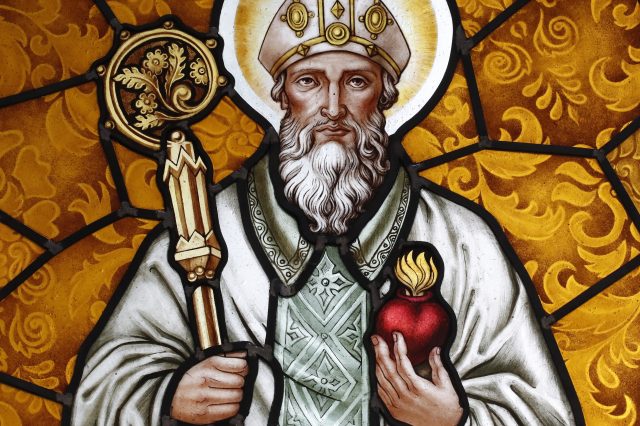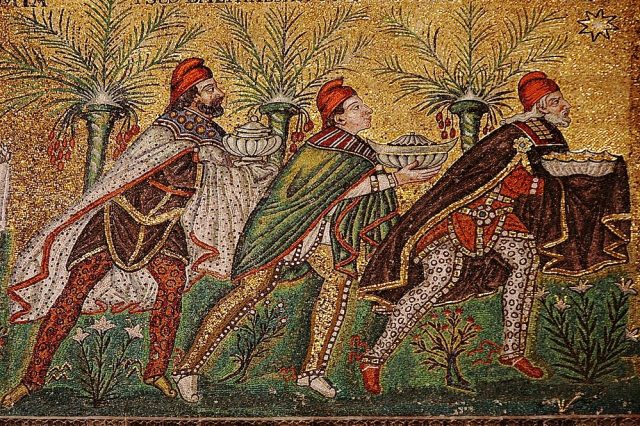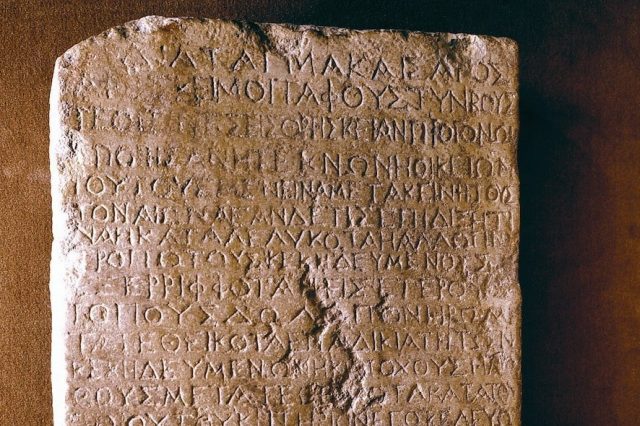Judaism & Christianity and ten historical and contemporary similarities.
Judaism & Christianity: Introduction
When it comes to the creation and the development of Judaism, one isn’t only talking about the single religion but is also discussing the beginning of an entire array of religious paradigms falling under the same category of Abrahamic value systems.
The common patriarch of Abraham and his figure in the religious texts of all three religions falling under this monotheistic category, Judaism, Christianity, and Islam, isn’t the only connecting point that all these spiritual approaches have in common.
Therefore, it’s crucial to conduct well-rounded and analytical research on the two earliest Abrahamic religions, Judaism and Christianity, to understand the world of today and the original reasoning behind the formation of many agreements, disagreements, and diverse communities in the contemporary world.
Let’s dive straight into the analysis.
Judaism & Christianity: On Origins’ Similarities
1. Abrahamic Religions
As mentioned in the introduction, both religions are based on honoring Abraham as the patriarchal figure. Although not equivalent to the presence of God, Abraham is the person who was actually amongst the first ‘teachers’ of Jewish people, who showed that there was only one God and made people adopt this mentality. He was a catalyst in the formation of the Bible, either the Old Jewish Testament or the Christian New Testament.
2. Old Testament
Considering the previous point, we must distinguish between the Old Testament for the Jews and the Bible for the Christians. For the latter, the sacred text of the Bible consists of both the Old and the New Testament, while the Jews only accept the Old Testament of the Christian holy text. The reason for that change is underlined in the following analysis point.
3. Jesus’ Presence
Jews don’t accept the New Testament as part of their Bible because they don’t accept the Christian interpretation of Jesus being the Messiah, the son of God, and the savior of the people. This isn’t a similarity since both religions have accepted the historical existence and presence of Jesus. Still, the Christians take it one step further by believing in aspects such as revelation, salvation, Jesus’ resurrection, and the second coming in the future.
Judaism & Christianity: On God’s presence
4. The coming of the Messiah
Continuing from the last point, both religions have another crucial aspect in common once again. They believe that the Messiah, the savior according to each religion, will come in the future. It doesn’t matter that there’s a difference in the face of salvation for both religions since one believes in Jesus Christ as the savior who will come into the human world for the second time. The other believes in another Messiah who hasn’t been present and hasn’t died yet. Both expect a savior coming on the prideful earth in the future.
5. Yahweh
Regardless of his nature and the contemporary approach to his presence, both the Old Jewish Testament and the New Christian Testament believe in his existence. It’s not as crucial to see whether they are honoring his presence people from both sides until this day, but it’s essential to understand that even though Jewish don’t accept Jesus as Christ, the Christians do the same
thing. They accept Yahweh as the God of Abraham, Isaac, and Jacob, even though the Jews worship him as the one true God for them.
Judaism & Christianity: On Contemporary Paradigms
6. Monotheism
The next point takes into account the last part, which is focused on the only God for the Jewish. One has to claim the nature of the monotheistic paradigm as well. Stemming from the work of Abraham, although they have a sacred approach to two different Gods, believers from both religions have dedicated their lives to the strictly one God as the creator of the universe.
Although other statements might bring up different value systems’ approaches, such as the Trinity beliefs for the Christians, the beginning of life is awarded to one person, and Abraham has played a crucial role in that approach.
7. Judaism & Augustine’s Approach
The importance of this point shouldn’t be underestimated. Saint Augustine has been one of the most vocal theologians and philosophers of the Christian religion. Nonetheless, his work has been valuable for the Jewish, even without his intention of doing that.
He has taken into account statements in Exodus or Genesis texts and has paved the way for the approach of holy faith. This faith is impossible by applying ego and pride for both the Jewish and the Christian believers. It’s interesting to look at his agenda and see how it collides with both religions, even unintentionally.
8. Universality
The universality of both religions is one of the most vital points that has rendered their faith possible. That’s after a massive gap between their creation and the influence of thousands of shifting religious paradigms. It’s true, nonetheless, that both Christianity and Judaism have remained the heritage of a unified particular group of people.
9. Diverse Branches
People from both religions haven’t managed to stay traditional to the views of both religious approaches’ creations in antiquity. Without judging whether this is a good or a bad thing, it’s a similar connection point between the two.
The Israeli Jews might self-identify as Haredi, Dati, Masorti, or Hilton. Similarly, Christians might be part of Protestants, Catholics, and Eastern Orthodox.
10. Places of Worship
Up until this day, both religions are dedicated to sacred physical places in their approach. They are places to worship with religious leaders appointed by fellow believers of the respective Gods. The churches of Christianity are formed with the priests on top of the ladder. The synagogues of Judaism have rabbis as the ones on top.
References
• Bowley, James E. “Bible.” In The Oxford Encyclopedia of the Books of the Bible (edited by Michael D. Coogan; New York, NY: Oxford University Press, 2011).
• Cohen, Charles L. “The Jewish Matrix (1200 BCE – 70 CE).” In The Abrahamic Religions: A Very Short Introduction (New York, NY: Oxford University Press, 2020), 7-23.
• Woodhead, Linda. “1. Jesus: The God-Man.” In Christianity: A Very Short Introduction, 3– 20. Oxford: Oxford University Press, 2014.
• Lessing, Gotthold Ephraim. “Act III, Scene VII (Parable of the Three Rings).” In Nathan, the Wise. Translated by Eric Raspe Rudolph, 52–57. London: J. Fielding, 1781. (On MyCourses)
• Cohen, Charles L. “‘The Enlightenment, ca. 1660–ca. 1800’ from Chapter 3.” In The Abrahamic Religions: A Very Short Introduction. 98–103. Oxford: Oxford University Press, 2020.
Join the discussion and participate in awesome giveaways in our mobile Telegram group. Join Curiosmos on Telegram Today. t.me/Curiosmos





